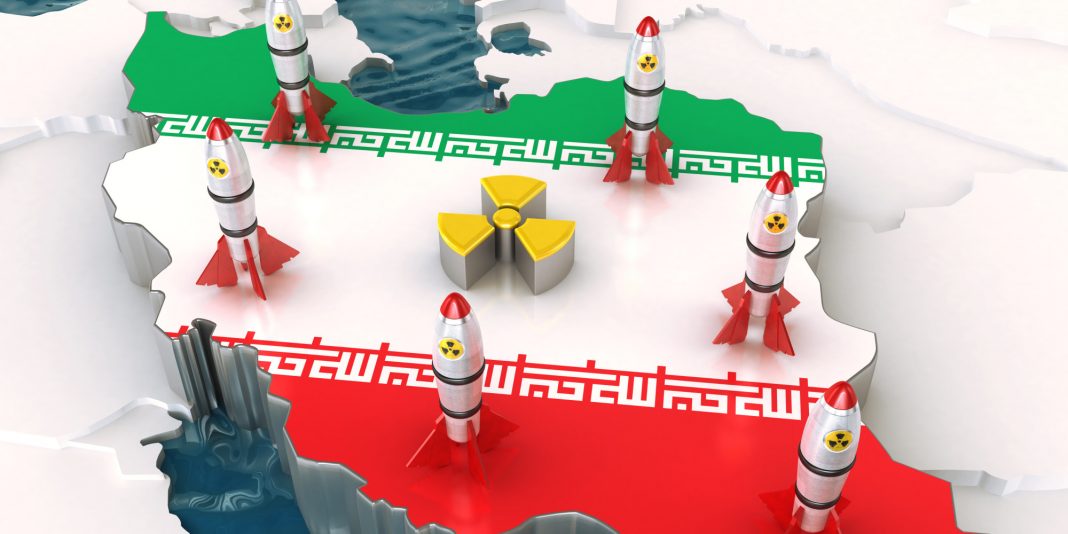Iran could have an operational nuke by 2017 end
DEBKAfile Special Expose/August 6, 2016
The nuclear accord signed a year ago with Iran has become a hot US presidential campaign issue. On Thursday, Aug. 4, US President Barack Obama speaking at the Pentagon said the agreement “has worked exactly the way we said it would,” and even “Israeli defense officials are behind [it]… and now recognize the efficacy of the accord” and that the Iranians “no longer have the short term breakout capacity that would allow them to develop nuclear weapons.”
Hillary Clinton declared at the Democratic Party convention which gave her the presidential nomination: “We put a lid on Iran’s nuclear program without firing a single shot.”
Both these claims may be called hyperbolic at best and drew a response from Tel Aviv:
“The Israeli defense establishment believes that agreements have value only if they are based on reality. They have no value if the facts on the ground are opposite to the ones the agreement is based on.”
Documents reaching DEBKAfile’s intelligence sources in recent weeks bare some facts contained in unpublished sections of the nuclear accord – Joint Comprehensive Plan of Action (JCPA) – that Iran signed in Vienna with the US, China, France, Russia, retain and Germany on July 14 2015.
This data is at odds with the official version that accord delayed Iran’s short-term breakout capacity to a nuclear bomb by ten years plus one year. It is now demonstrated that if Tehran decides to violate the accord Iran retains the capability to achieve this goal in months – not years.
The strongest confirmation of this fact comes from the horse’s mouth: Ali Akbar Salehi, President of the Atomic Energy Organization of Iran, has said the nuclear deal stipulates that if any party violates it, then Iran can go back to enriching uranium at Natanz within 45 days at an even higher capacity than before the agreement was signed – – his deputy cited twenty-fold.
Their words followed supreme leader Ayatollah Ali Khamenei’s repeated allegations that the US is in violation of the JCPA.
US administration officials’ insistence that Iran will need a whole year to attain breakout capacity of its nuclear weapons program at the end of the 10-year moratorium is nullified by three cover Iranian steps:
1. Iran has concealed from International Atomic Energy Agency inspectors entire clusters of second-generation IR-2m centrifuges – some by upgrading IR machines at home and some imported from Pakistan and Germany. These hidden machines can substantially cut short the process of enriching uranium at the Natanz and Fordo plants up to weapons-grade.
2. Before signing the nuclear accord, Tehran stock-piled in Natanz alone 15,420 centrifuges – 9,156 of the first-generation IR-1 version and 1,000 high-speed IR-2m enrichment machines. On the date of signing, the inspectors were shown 5,060 IR-1 centrifuges – all dismantled and stowed away in storage along with the relevant feed equipment such as pipes, cooling systems and electronics.
That Iran is now in a position to reassemble its enrichment facilities within 45 days was admitted by Salehi himself.
3. The American calculation of the time Iran would need to build a nuclear bomb was based on the quantity of low-grade enriched uranium (LEU) left with Iran for further refinement to weapon-grade level. Washington was satisfied that Tehran abided by the 300 kilograms limit set by the accord.
However, Iran has since been revealed as cheating on that provision too by transferring a much larger LEU stock to Oman and continuing to clandestinely turn out further quantities disguised as materials required for “research.”
All this information adds up to Iran’s current ability to flout the JCPA at any time, having retained all its capabilities and means of production for breaking out to developing a nuclear weapon within months, up to the end of 2017 – rather than years. After marking strides in their missile program, the Iranians would also soon be able to mount a nuke on an intercontinental ballistic missile, which could wipe out a European or Middle East city.






















